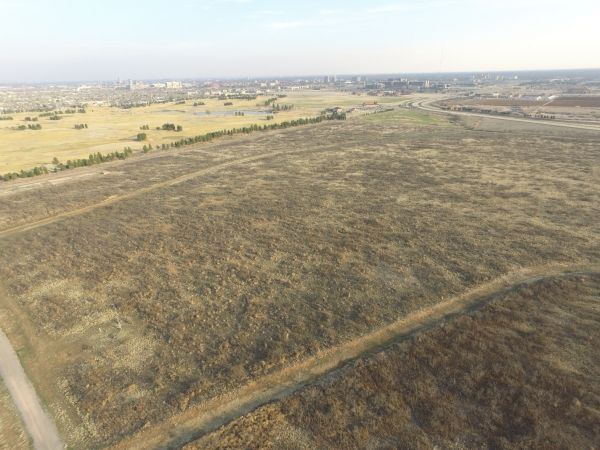In Texas, mesquite trees are as common as football, thunderstorms and hot summer nights. It is a staple of outdoor cooking and prevalent in almost every part of the state.
But, for land managers, the spread of honey mesquite, a native and prevalent species, is an issue, as is the non-native yellow bluestem, a grass species native to eastern Europe and Asia that has been spreading throughout the southern U.S. over the last few decades. Together, these two species are a threat to maintaining rangeland diversity and productivity.
Controlling these two species, however, has been difficult. Hopefully, thanks to research by a team from Texas Tech University's Department of Natural Resources Management (NRM), rangeland managers may now have a method to get a leg up on controlling the spread of honey mesquite and yellow bluestem.
"Rangeland managers are interested in eradicating both species in order to maintain rangeland diversity and productivity," said Carlos Portillo-Quintero, NRM associate professor. "However, their suppression is a site-level process implemented by the rangeland manager that involves regular mechanical or chemical treatments."
Continue reading at Texas Tech University.
Image via Texas Tech University.


